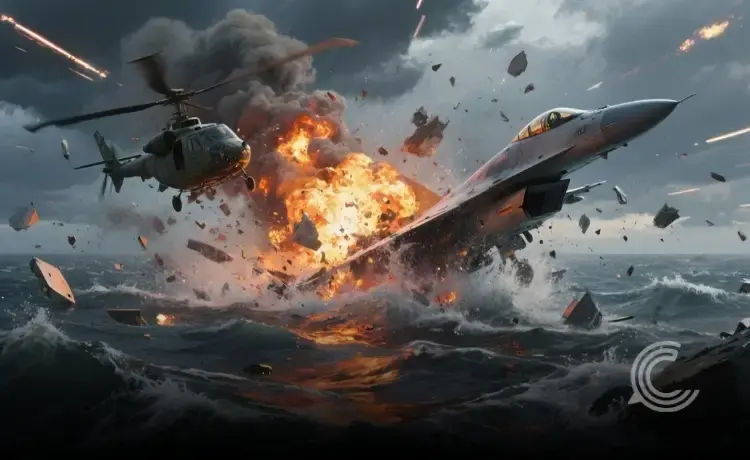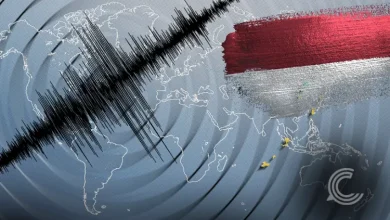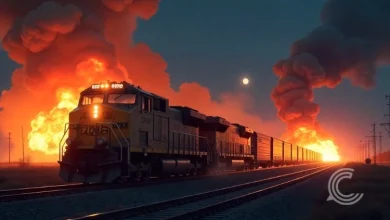US Navy Helicopter and Fighter Jet Crash in South China Sea; All Crew Safe

Key Highlights–
- A US Navy helicopter and fighter jet crashed separately in the South China Sea during routine operations from USS Nimitz.
- All personnel were rescued safely as the U.S. Pacific Fleet launched an investigation into the cause.
- The incidents occurred amid President Trump’s Asia tour, with China offering humanitarian assistance to the US
The US Navy confirmed that on Sunday afternoon, an MH-60R Sea Hawk helicopter, conducting routine operations from the USS Nimitz, went down at approximately 2:45 p.m. local time in the South China Sea. All three of the helicopter’s crew members were rescued and remain in stable condition.
Almost immediately thereafter, around 30 minutes later, a F/A-18F Super Hornet fighter jet also crashed while operating from the same aircraft carrier. The jet’s two crew members successfully ejected and were quickly recovered.
The U.S. Pacific Fleet issued a statement saying: “All personnel involved are safe and in stable condition. The cause of both incidents is currently under investigation.”, as reported by leading news agencies.
Strategic Implications and Timing
Foreign momentum and regional tensions add significance to the double mishap. The crashes occurred during US President Trump’s visit to Asia and while the Nimitz was operating in the contested waters of the South China Sea. A region of escalating strategic importance and US–China rivalry.
Furthermore, China’s foreign ministry, while offering humanitarian assistance, also used the moment to criticize the US military activities in the area, saying such operations “undermine regional peace and stability.”
Meanwhile, the exact location of the aircraft carrier or the conditions of the operations weren’t disclosed; routine patrols and combat-readiness drills are believed to be part of the mission profile for the Nimitz in the Indo-Pacific region.
What Comes Next
Military authorities have launched investigations into both incidents to determine the cause, ranging from mechanical failure and fuel quality to operational or environmental factors. Trump speaking aboard Air Force One, called the crashes “very unusual” and floated “bad fuel” as a possible reason, while ruling out foul play.
Although no fatalities occurred, the back-to-back losses of U.S. Navy aircraft raise fresh concerns about readiness, safety protocols, and the demands placed on carrier-based aviation in contested maritime zones.



